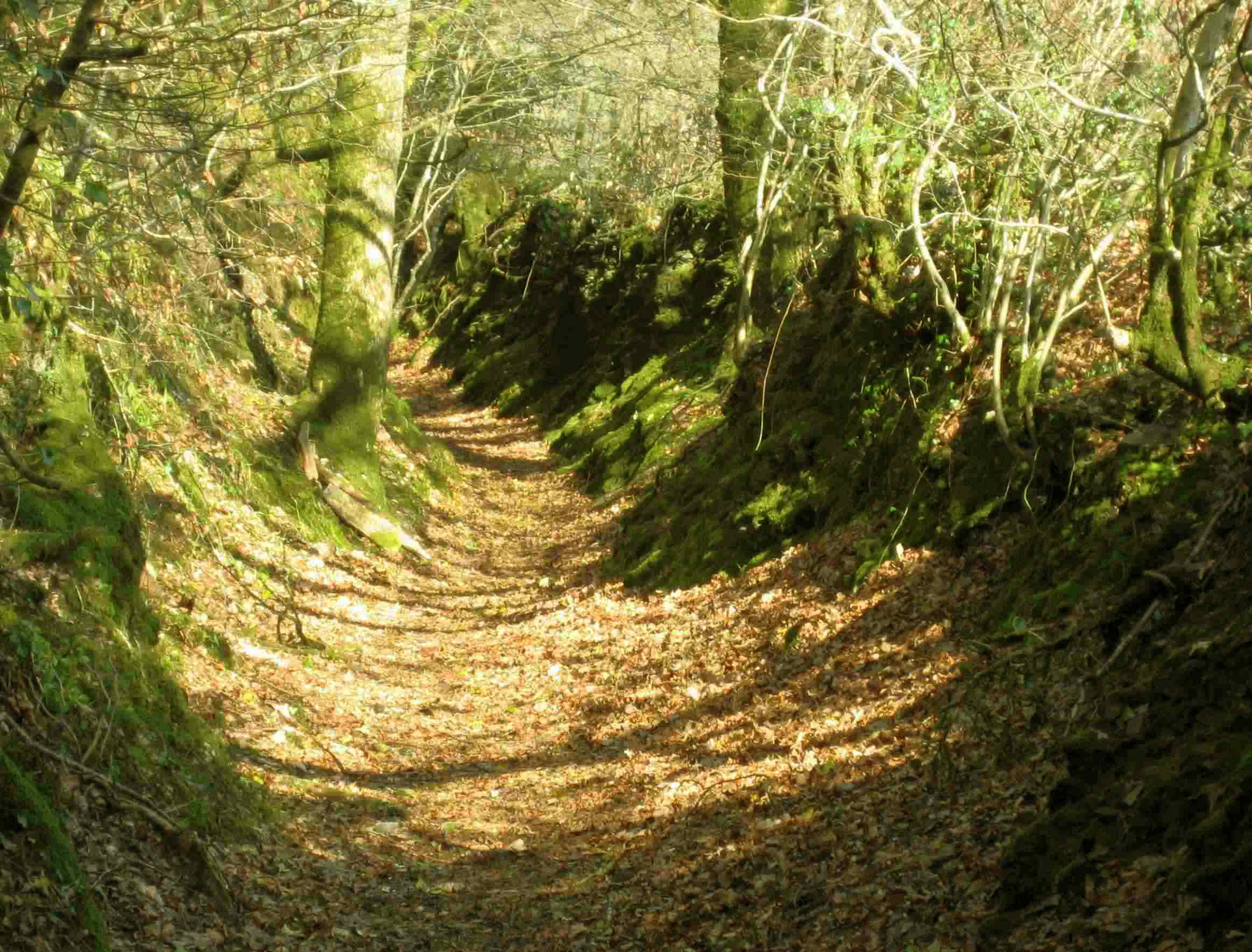 |
|
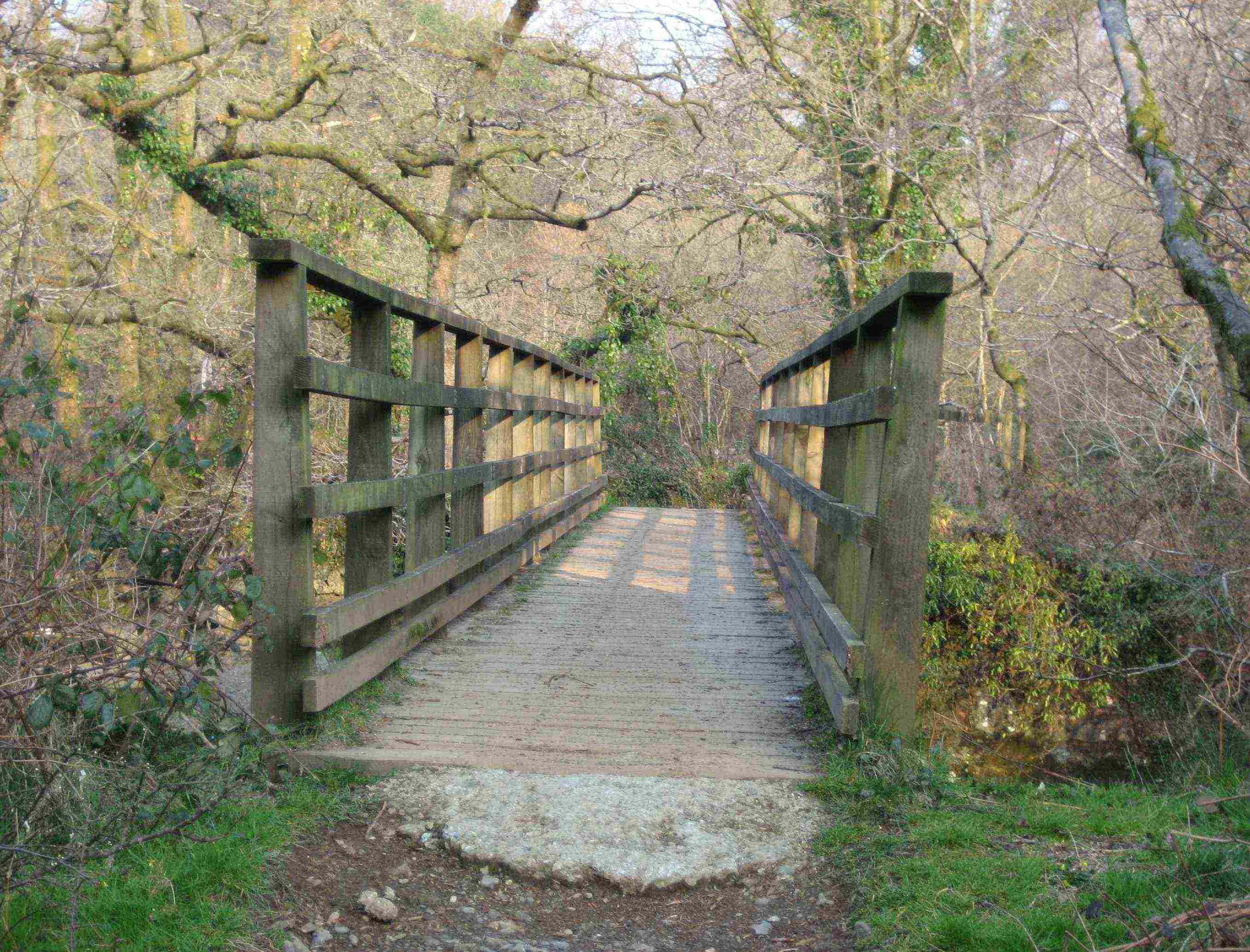 |
|
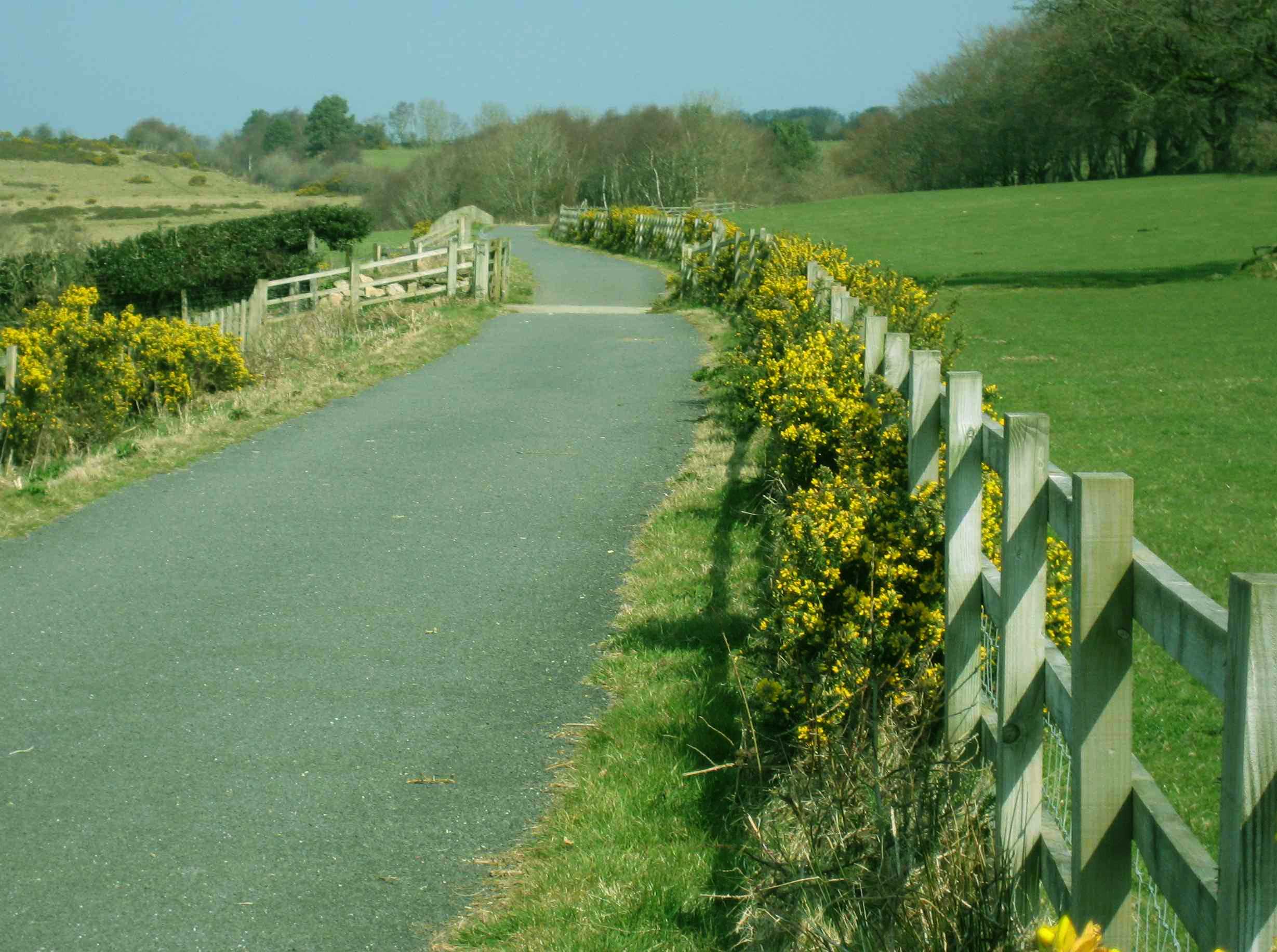 |
|
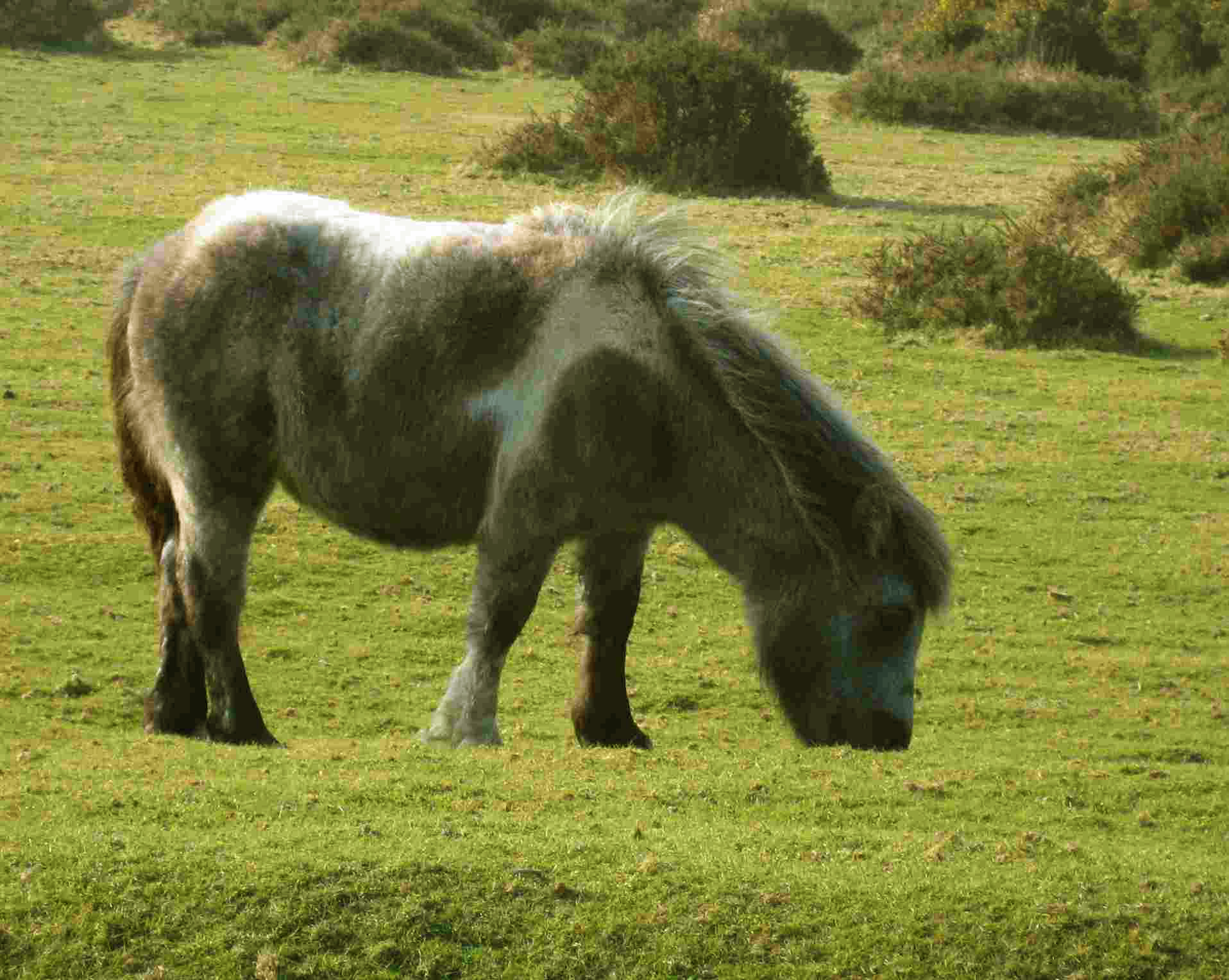
|
Dartmoor near Mary Tavy |
 |
|
| Days N1 - N14 English West Country | |
|
Northbound Home Start hiking here English West Country English Midlands North of England Southern Scotland Central Scotland Scottish Highlands Southbound Home |
Tuesday,
March 27, 2007
Time of departure: 8.45 am Time of arrival: 4.45 pm Place departed: Peter Tavy, Devon Place arrived: Okehampton, Devon Miles: 18.3 Cum miles: 119.6 Percent complete: 12.9  Okehampton
Youth Hostel * Okehampton
Youth Hostel *Cost (for bed only): £16 ($32 ) |
| Overview of both
hikes Excerpts Statistics What others say Acknowledgments Contact me Copyright Links |
|
 |
|
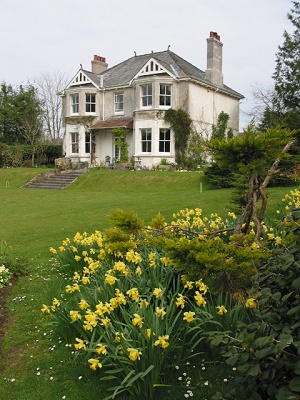 |
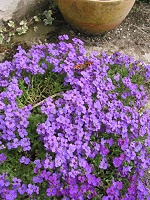 |
| "Churchtown" at Peter Tavy on Dartmoor, a guesthouse where I stayed in the room shown below, owned by Noreen and Bill Lane. These three photos are courtesy of Jill at www.dartmooraccommodation.co.uk | |
| My
knee hurt overnight, so I decided in favor of Ibuprofen after
all. I also take a baby aspirin each morning for heart attack
prevention and, done properly, the aspirin should precede the Ibuprofen
by a couple of hours in order to give it time to work on the platelets
before the heart-injurious action of the Ibuprofen can offset that
effect. This forced me to take the aspirin as soon as I awoke
(on
an empty stomach), and with the added stomachache from the later
Ibuprofen, I had no knee pain, probable heart-attack prevention - but a
painful stomachache most of the day. Added to that, I passed
not a
single store all day, and for a bed I stayed at the Okehampton
Youth
Hostel,
which promised dinner and breakfast when I checked in - but
could deliver on neither. So my food consisted of cheese and a
can of sardines that somehow left my stomach quite unsatisfied. Thank
goodness for the fine English breakfast that Mrs. Lane had given
me. The hike today was a wonderful contrast to yesterday's on-roads affair, because I traversed Dartmoor National Park largely on trails. The park itself is probably England's most expansive undeveloped area (I did not say Britain, because that would have included Wales and Scotland). Some of Dartmoor is reserved for army activity, but that still leaves plenty of space for sheep-farming, wild ponies, and walking and running sports. People periodically get caught out in (and succumb to) its bitter winter weather. Novelists situate their lost-in-the-mist and sunk-in-the-bogs scenes here. The movie of Sir Arthur Conan-Doyle’s Hound of the Baskervilles was filmed on Dartmoor, and Agatha Christie places The Sittaford Mystery Murder here. With Thomas Hardy and Jane Austen also writing of areas just nearby, the place occupies a special place in British hearts. But, except for a few boggy encounters, and for ignoring a "not suitable in winter" sign (after all, we were four days beyond winter), I did not tempt fate myself. The route from Peter Tavy was a gravel and grass bike trail that took me on to a footbridge across the River Tavy to the sister village of Mary Tavy. You might think that the Tavy family made its mark around here, but the origin of these place names is their common proximity to the River Tavy. In one village, the church on the river was named St. Peter’s Church, and in the other St. Mary’s Church. From Mary Tavy, I headed west of the main road and picked up other bike and hiking trails to head north up Dartmoor's western edge. Biking trails, being generally well surfaced, seem to be a happy compromise between roads and the rougher hiking trails if you're as old as me. My first boggy encounter arose on a stretch of hiking trail near Burn Cottage, which suddenly turned into a mass of mud. Upon further examination, I saw that a group of streams emptied into this area. So I headed up the hill and crossed each stream in turn – following previous walkers, as my rudimentary "jungle craft" revealed in the way of bent grass, footprints in mud, and strategically placed stepping-stones. Then, resuming the trail, I came across another muddy patch, and was forced to do the same exercise a second time, making me wish I'd stayed higher on the hill for longer. Just as I thought I had left the mud behind me, my route lay across a farmer's two fields, separated by gates through which one had to navigate the same route as his cows. The cows, who made a twice-daily commute to wherever they were milked, had churned the surface to mud and added an industrial-strength layer of manure. My technique for transiting these patches, which I could see that others had tried also, was first to see if one could cross to the next field without going through the gate. This proved impossible because of high, dense hedges with thorns. The next technique was somehow to hang on to gatepost and gate, and minimize the contact between boots and mud/manure. This only worked to some extent, and then there was nothing for it but to stamp my hiking stick into the quagmire for balance, and launch out with a foot on to the firmest-looking grass mound within striding distance. I wish I could entertain you with a report that I then slipped on my rear into the slimy morass, and only extricated myself by rolling over on to my front, thus lowering my mouth into the cesspool. But that's not what happened. Instead, the firm grassy mound just gave way, and my left boot slid under the mud/manure up to my ankle, and could only be extricated, with a gargling sound, by lowering my right boot into the same morass to provide support for lifting the left one. As the left boot came up, so then did the right boot go down to ankle depth also. The game now became one of staggering out of the area with a progressive accumulation of football-size mud/manure clumps on each boot - while maintaining my balance when no two steps were the same. I should mention that shutting the gate behind me took every ounce of good-citizenship. I had to turn around, and lift the heavy gate whose bolt did not correspond with the height of the bolt-hole on the post. This lifting was accomplished only by personally sinking deeper into the morass. “This,” I said to myself to try to make light of the totally disgusting situation that my hiking hobby had put me in, “is all part of life’s rich pageant.” "Quite muddy back there," said the farmer, with a twinkle in his eye, when I appeared in his yard, still on a public right-of-way. I suspect that farmers like natural impediments on public rights-of-way if they keep the city slickers away from their animals. Tribulations like this naturally turn a man's mind to intellectual things like poetry of this high caliber: "There was an
old hiker on Dartmoor,
Who competed with tramps to be "smart more", He could spit with the best, Throw snot like the rest, But never could manage to fart more." After all these exertions, the warmth of the day reached me in full force, though it was still March. When I lived in Seattle, there was a remark attributed to Mark Twain, that “The finest winter I ever spent was summer in Seattle.” Here on Dartmoor in glorious weather in March, he might have written “The finest summer I ever spent was early spring in Devon”. As I relate later, the British weather folks identified this spring as the warmest for half a century. There were now about seven miles left to Okehampton. Fatigued and overheated, I made sure I stayed on bike trails - specifically the Granite Way - for the rest of the day. These last miles were today the hardest. As I wrote to my friend, Gerald, who has done his share of hiking on Table Mountain and on the Otter Trail, "My 15 miles each day are really pretty easy, except for the last 14". I noticed today the benefits of some human contact. For although I probably encountered 20 people today, I chatted seriously to only three of them. “Good afternoon,” I said. “Nice day for it,” a lady answered (and I inwardly said “gotcha”). “Rather,” I said, getting into the swing of English small-talk. “It must be due to global warming, don’t you think?” “Where are you off to with your rucksack?” asked one. “John o’Groats,” I replied proudly. “Ooh,” another said. “That’s a long way, isn’t it!” The three ladies, one of whom spoke over the top of the other two at every opportunity and now misinformed us all that John o’Groats was another 200 miles, were from a women's group who had ridden the train for the three miles from Okehampton. They were taking a walk on Dartmoor. If they didn’t get lost, step into quicksand, or be swallowed by a sudden fog, this was to be followed by a catered tea at Madlen where they would pick up the train for their return. You could see they were happily anticipating their tea and biscuits. A chat with these cheery folks lightened my load. It was quite late by the time I had cleaned up my muddy boots at Okehampton Youth Hostel, where fortunately I had a room-for-four to myself. Since I had no towel, the hostel's sheet sleeping bag served for that after I got up and before I dropped it in their laundry bin next morning. Not including a towel was a weight-saving decision. For those who are new to youth hostels in Europe, age is no bar to membership – and, in fact, the young and old get lower membership rates than those in the middle years. They offer inexpensive, basic accommodation in some prime tourist and recreational areas. While there are usually hot showers, toilet facilities, a lounge, heating, a laundry and a kitchen, their accommodation is spartan and takes the form of bunkbeds in same-sex dorms. In Okehampton, I chose the youth hostel because it was right on my route just when I decided to stop for the night. One of the pleasures of a hiking day is the almost instant going-to-sleep when I finally bed down. So it was this Tuesday, the eighth day of my hike. |
|
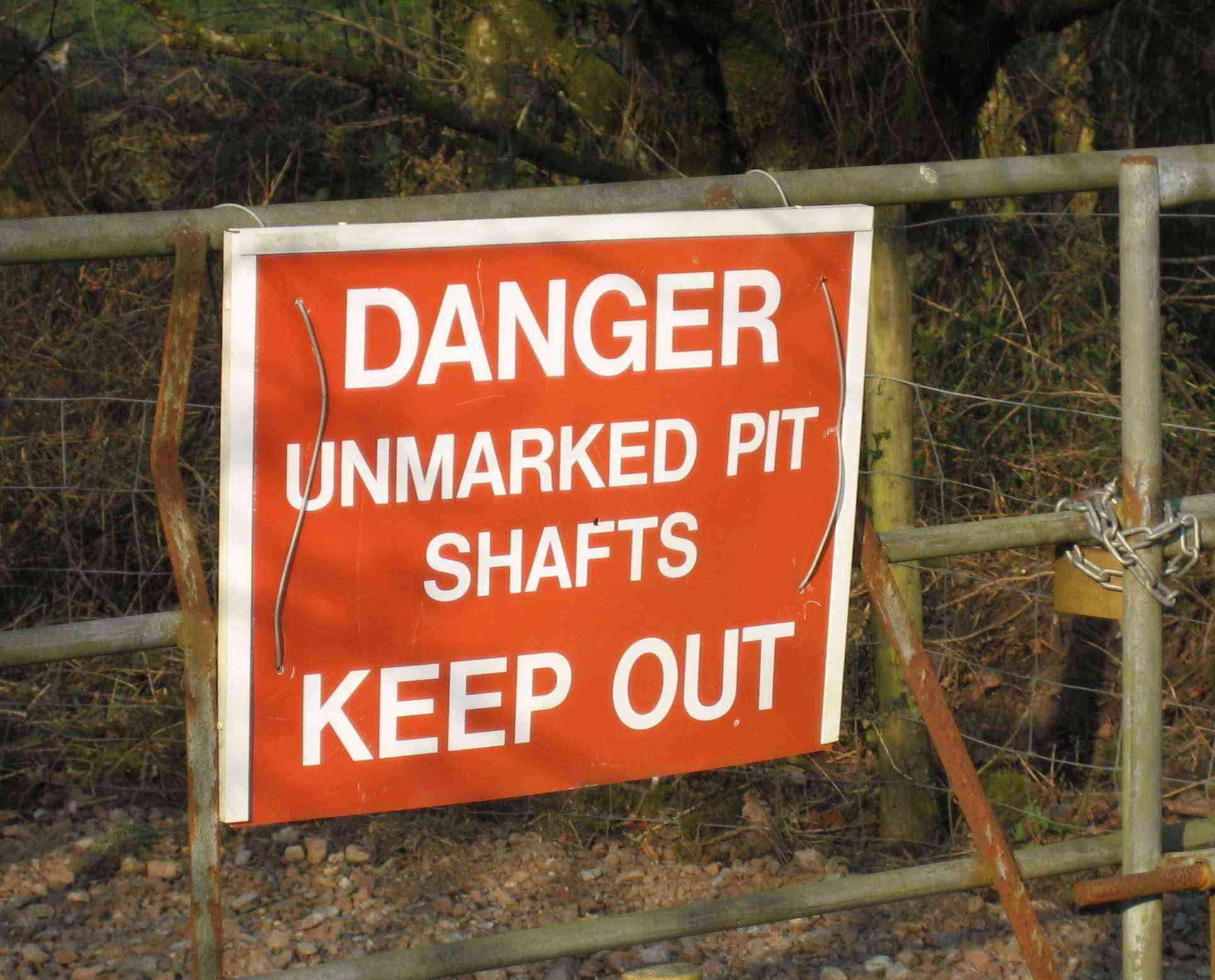 |
|
| Day N7 © 2007 and 2008 Daryl May Day N9 | |